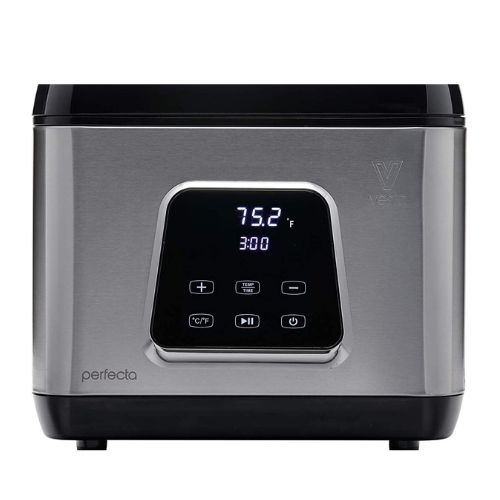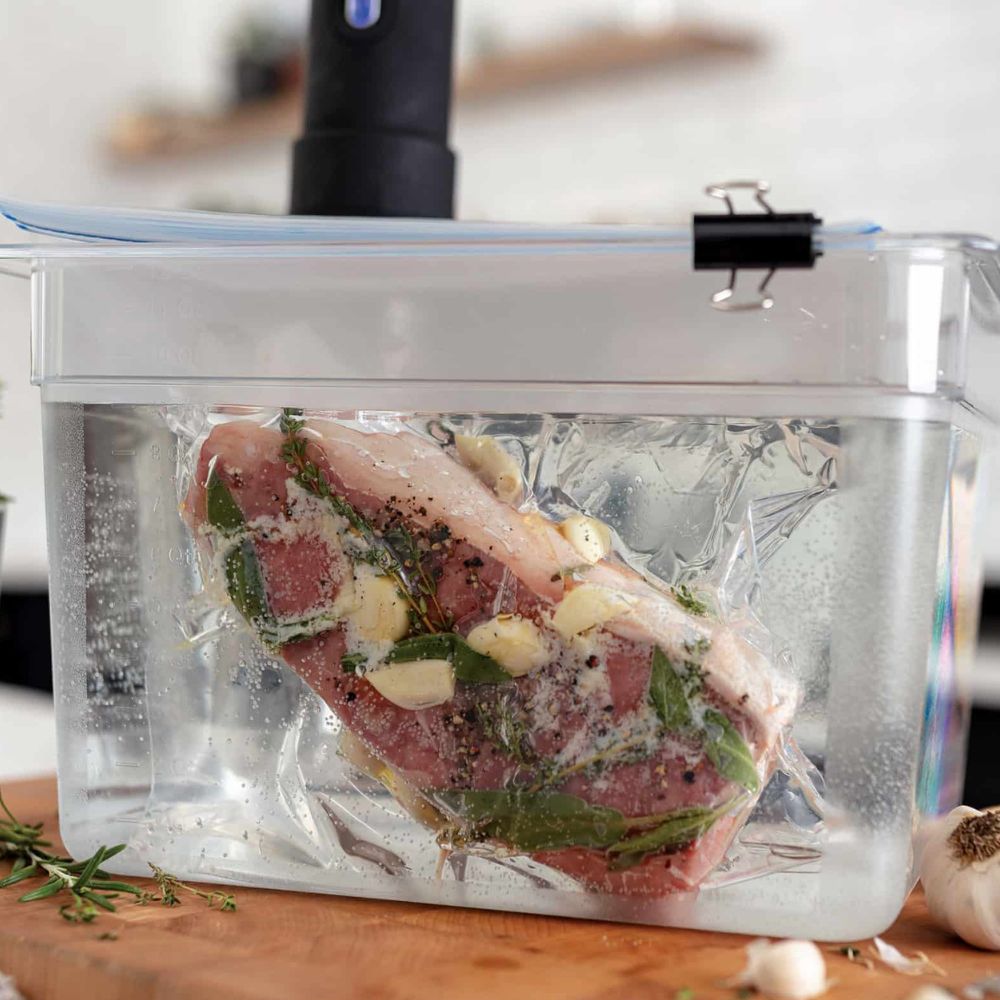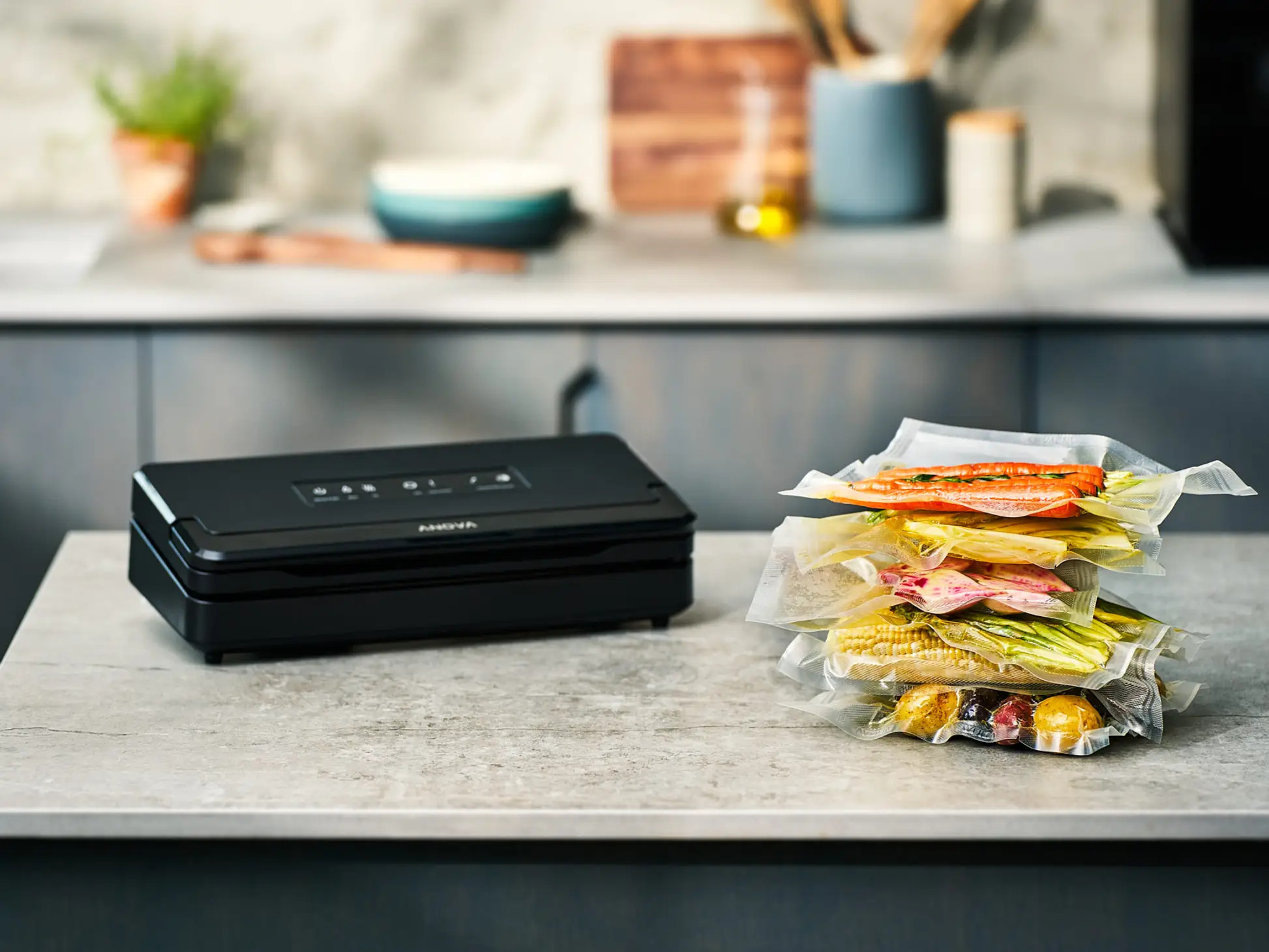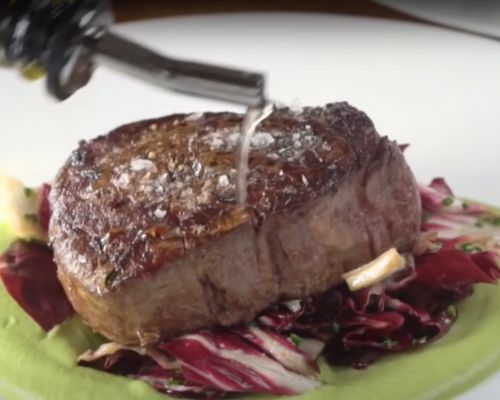
Filet Mignon is a premium cut of beef that is known for its tenderness and buttery texture. Traditionally, it is cooked by either pan-searing or grilling, which can be challenging for beginner cooks to master. Sous vide cooking is an alternative method that involves cooking the steak in a temperature-controlled water bath, which allows for precise control of the cooking temperature and results in a perfectly cooked steak every time.
One of the main benefits of cooking Filet Mignon sous vide is that it allows for precise temperature control, which is essential for achieving the desired level of doneness. With sous vide cooking, the steak is vacuum-sealed in a plastic bag and then placed in a water bath that is set to the desired temperature. The steak is cooked slowly and evenly, ensuring that it is cooked to the desired temperature throughout.
Another benefit of cooking Filet Mignon sous vide is that it helps to retain the natural juices and flavor of the steak. Because the steak is cooked in a sealed bag, the juices are not lost during the cooking process. This results in a steak that is incredibly tender and flavorful, with a buttery texture that is hard to achieve with traditional cooking methods.
For beginner cooks, cooking Filet Mignon sous vide can be a great way to create restaurant-style steak at home without the need for expensive equipment or a lot of experience. Sous vide machines can be purchased for a reasonable price, and the cooking process is relatively easy to learn. By using this method, beginner cooks can avoid overcooking or undercooking their steaks and can achieve consistent results every time. Additionally, since sous vide cooking results in a more tender and flavorful steak, it allows beginner cooks to purchase lower grades of beef or cheaper cuts, saving them money while still creating a delicious meal.
Lest Cook Filet Mignon Using Sous Vide
Ingredients
Equipment
Temperature Charts For Filet Mignon Using Sous Vide For Doneness
- Rare: 120°F (49°C) to 128°F (53°C)
- Medium-Rare: 129°F (54°C) to 134°F (57°C)
- Medium: 135°F (57°C) to 144°F (62°C)
- Medium-Well: 145°F (63°C) to 155°F (68°C)
- Well Done: 156°F (69°C) and up
Time Charts For Filet Mignon Using Sous Vide For Thickness
- Sous vide 1-inch thick steak for 1 hour
- Sous vide 1.5-inch thick steak for 1 hour, 45 minutes
- Sous vide 2-inch thick steak for 3 hours
- Sous vide 2.5-inch thick steak for 4 hours, 15 minutes
Step 1
In this first step, we will show you how to prepare the steak for cooking. The first thing you need to do is to pat the Filet Mignon dry with paper towels. This is important to ensure that the steak is completely dry and will sear properly. Next, tie butcher twine around the circumference of the steak to hold its shape while cooking. This will help the steak maintain its shape and ensure even cooking. After that, season the steak with salt, pepper, herbs, garlic, or any other seasonings that you prefer. This is a matter of personal preference, but it’s important to season the steak well to enhance its natural flavor. Once the steak is seasoned, vacuum seal it using a vacuum sealer. This will help to lock in the flavors and ensure that the steak is cooked evenly. Now that the steak is prepared, it’s time to move on to the next step and cook it using sous vide. Stay tuned for our next video, where we will show you how to cook the perfect Filet Mignon using sous vide.
Step 2
Once the Filet Mignon is done cooking sous vide, take it out of the water bath and remove it from the vacuum-sealed bag. Be sure to save any juices that may have accumulated in the bag. Next, heat up some peanut oil in a skillet over high heat until it begins to smoke. This will create a nice smoky flavor that will complement the natural flavors of the steak. Carefully place the Filet Mignon in the hot skillet and sear it for about 1-2 minutes on each side until a nice crust forms. This will give the steak a beautiful golden brown color and add some texture to the tender meat. While searing the steak, you can also add any additional herbs or spices to the skillet to enhance the flavor even further. Once the steak is seared to your liking, remove it from the skillet and let it rest for a few minutes before slicing and serving. You can also add the saved juices from the vacuum-sealed bag to the skillet to create a flavorful sauce to serve alongside the steak. And there you have it – a perfectly cooked and delicious Filet Mignon using sous vide and finished with a smoky sear in peanut oil. We hope you enjoyed this tutorial and learned something new. Happy cooking!
Step 3 : Preparing Sides For Filet Mignon (Optional)
Here are a few sides you can prepare while filet mignon is cooked in sous vide.
Broccoli puree
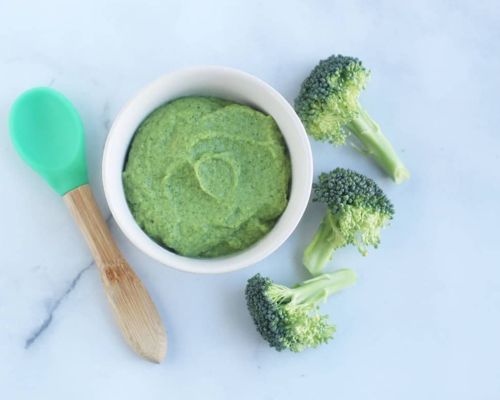
Broccoli puree is a creamy and nutritious side dish that pairs perfectly with Filet Mignon. Not only is it delicious, but it also adds some color to your plate and provides a serving of vegetables to your meal. Here’s how to make broccoli puree:
Ingredients:
- 2 cups broccoli florets
- 1/4 cup heavy cream
- 1/4 cup grated parmesan cheese
- 1/4 teaspoon garlic powder
- Salt and pepper to taste
Instructions:
- Start by blanching the broccoli florets in a pot of boiling salted water for 2-3 minutes until they are bright green and tender.
- Drain the broccoli and immediately transfer it to a bowl of ice water to stop the cooking process and preserve the color.
- Drain the broccoli again and transfer it to a blender or food processor.
- Add the heavy cream, grated parmesan cheese, garlic powder, salt, and pepper to the blender.
- Blend the mixture until it becomes a smooth and creamy puree. If the mixture is too thick, you can add a splash of milk or cream to thin it out.
- Adjust the seasoning as needed, and serve the broccoli puree alongside your Filet Mignon.
The creamy texture of the broccoli puree pairs perfectly with the tender and juicy Filet Mignon, creating a well-rounded and delicious meal. Plus, the combination of the lean protein in the steak and the fiber-rich broccoli makes for a nutritious and satisfying meal. Enjoy!
Radicchio salad
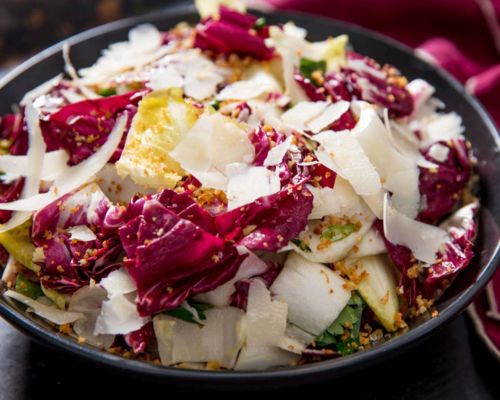
Radicchio salad is a perfect complement to Filet Mignon. Its slightly bitter taste and crisp texture provide a great contrast to the tender and juicy steak. Here’s how to make Radicchio salad:
Ingredients:
- 1 head of Radicchio
- 1/4 cup extra-virgin olive oil
- 2 tablespoons balsamic vinegar
- Salt and pepper to taste
- 1/4 cup crumbled blue cheese
- 1/4 cup chopped walnuts
- 1/4 cup dried cranberries
Instructions:
- Start by washing and drying the Radicchio. Remove the outer leaves and discard.
- Cut the Radicchio into thin slices and transfer them to a salad bowl.
- In a separate bowl, whisk together the extra-virgin olive oil, balsamic vinegar, salt, and pepper.
- Drizzle the dressing over the Radicchio and toss to coat evenly.
- Add the crumbled blue cheese, chopped walnuts, and dried cranberries to the salad and toss gently.
- Serve the Radicchio salad alongside your Filet Mignon.
The bitterness of Radicchio and the tanginess of the balsamic vinegar in the salad balance out the richness of the Filet Mignon, creating a harmonious combination of flavors. The addition of blue cheese, walnuts, and cranberries provides a nice texture and an extra layer of flavor to the salad. Enjoy!
Step 4 : Serve

Plating your Filet Mignon with Radicchio salad and Broccoli puree can be an art form. Here’s how to do it:
- Start by preparing your Broccoli puree and Radicchio salad according to their respective recipes.
- Take a clean plate and spread a generous amount of the Broccoli puree on the bottom of the plate. Use a spoon or a spatula to create a smooth and even layer.
- Next, add a portion of the Radicchio salad on top of the Broccoli puree. Arrange the salad nicely and try to create some height.
- Place your cooked Filet Mignon on top of the Radicchio salad. Make sure it is centered and sits nicely on the salad.
- Finally, drizzle some extra-virgin olive oil over the steak and around the plate for a finishing touch.
By plating the Broccoli puree first, you create a foundation for the Radicchio salad and the Filet Mignon to rest on. The bright green color of the puree provides a nice contrast to the other components of the dish. The Radicchio salad, with its vibrant colors and textures, adds interest and flavor to the plate. And the Filet Mignon, cooked to perfection, is the star of the show. The final touch of olive oil not only adds flavor but also creates a beautiful presentation. Enjoy your delicious and visually stunning Filet Mignon dish!
What Makes Filet Mignon A Unique Steak Cut
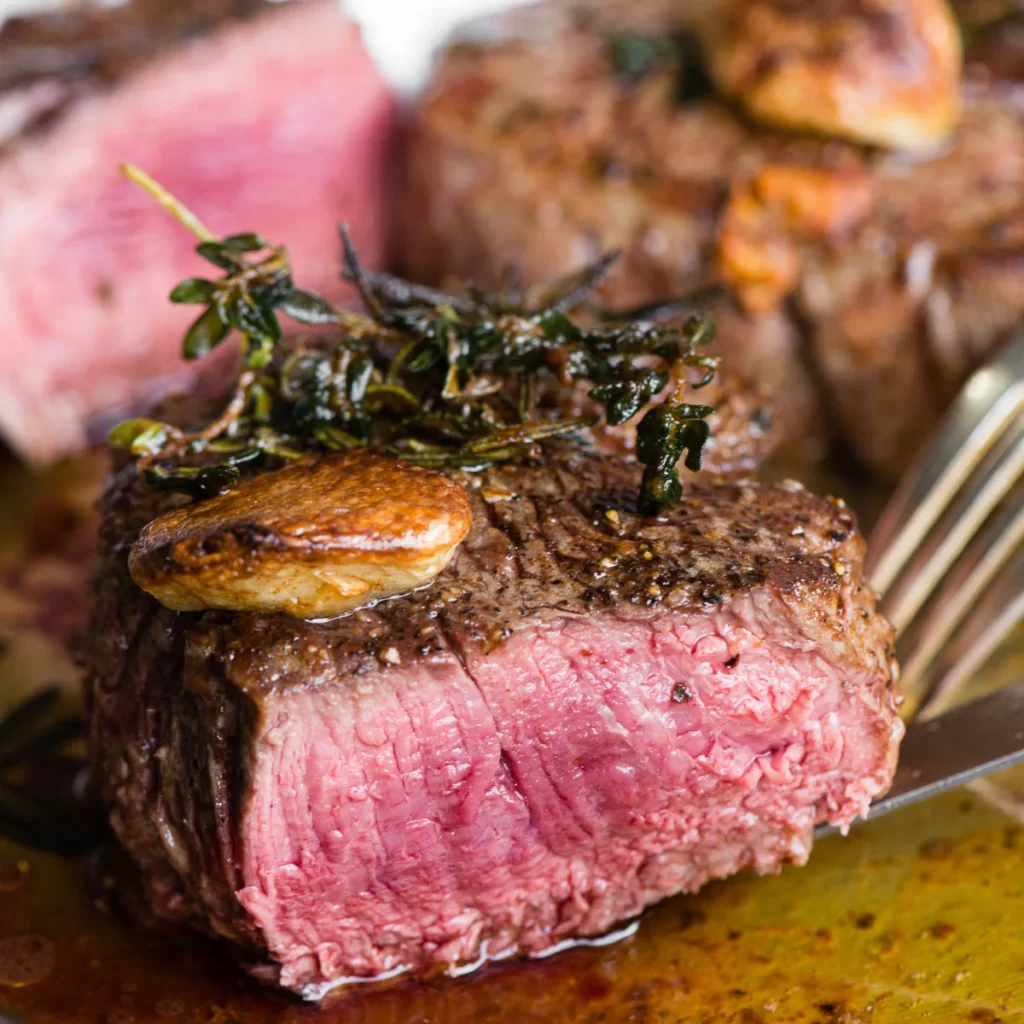
Filet mignon is a cut of beef that is widely considered to be one of the most tender and flavorful steaks available. This cut comes from the tenderloin of the beef, which is a muscle that is located near the spine and runs along the length of the animal’s back. The filet mignon is distinct from other steaks for several reasons, including its texture, flavor, and cooking properties.
Texture
One of the most distinctive characteristics of filet mignon is its texture. This steak is known for being extremely tender, with a buttery and melt-in-your-mouth texture that is difficult to achieve with other cuts of beef. This is because the tenderloin muscle is not used very often by the animal, so it contains very little connective tissue or fat. This lack of toughness and marbling in the meat means that it requires less cooking time and produces a tender and delicate steak.
Flavor
Another factor that sets filet mignon apart from other steaks is its flavor. While some people might argue that other cuts of beef, such as ribeye or New York strip, are more flavorful, filet mignon has a distinctive taste that is difficult to replicate. The flavor of filet mignon is often described as mild, buttery, and slightly sweet, with a subtle earthy flavor that is unique to the tenderloin muscle.
Cooking Properties
The cooking properties of filet mignon are also different from other cuts of beef. Because this cut is so tender, it requires less time on the grill or in the oven than other steaks. This means that it is easy to overcook, which can result in a dry and flavorless steak. However, when cooked properly, filet mignon is incredibly delicious and satisfying.
One of the most popular methods of cooking filet mignon is to sear it in a hot pan or on the grill, then finish it off in the oven. This method helps to lock in the flavor and juices, while also creating a delicious crust on the outside of the steak. It is also important to season filet mignon properly, as it can be bland if not seasoned well. Many people prefer to simply use salt and pepper to enhance the natural flavor of the meat, while others might use a more complex rub or marinade.
In conclusion, filet mignon is different from other steaks in several ways. Its texture is extremely tender and delicate, with a buttery and melt-in-your-mouth quality that is difficult to achieve with other cuts of beef. The flavor of filet mignon is also unique, with a mild, slightly sweet taste that is enhanced by proper seasoning and cooking techniques. Finally, the cooking properties of filet mignon require a delicate touch, as it is easy to overcook and dry out this delicate cut of beef. Overall, filet mignon is a delicious and distinctive steak that is highly prized by meat lovers around the world.
Difference Between Beef Tenderloin and Filet Mignon
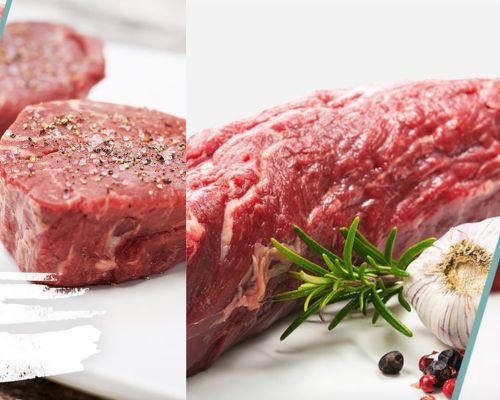
Beef tenderloin and filet mignon are two terms that are often used interchangeably, but there is a difference between the two.
Beef tenderloin is the entire cut of beef that comes from the rear end of the cow. It is a long, cylindrical muscle that runs along the spine and is known for being one of the most tender cuts of beef. The tenderloin can be broken down into several different cuts, including the filet mignon.
Filet mignon is a specific cut of beef that comes from the tenderloin. It is a small, cylindrical steak that is cut from the thickest part of the tenderloin muscle. Filet mignon is known for its tenderness and mild, buttery flavor.
So while filet mignon is a type of beef tenderloin, not all beef tenderloin is filet mignon. Other cuts that can be taken from the tenderloin include chateaubriand, tournedos, and medallions. These cuts can vary in size and shape, but they all come from the same part of the cow and share similar characteristics, such as tenderness and a mild flavor.
In summary, beef tenderloin is the entire cut of beef that comes from the rear end of the cow, while filet mignon is a specific cut of beef that comes from the thickest part of the tenderloin muscle. While they share some similarities in tenderness and flavor, they are not exactly the same thing.
What Is The Best Seasoning For Filet Mignon Steak?
The best seasoning for filet mignon steak is subjective and can vary depending on personal preference, but there are some classic and popular seasoning options that can enhance the flavor of the steak.
- Salt and Pepper: Simple yet classic, salt and pepper are often enough to bring out the natural flavors of filet mignon. Be sure to use high-quality kosher or sea salt and freshly cracked black pepper to achieve the best results.
- Garlic and Herb: A garlic and herb seasoning can add depth and complexity to the flavor of filet mignon. Use minced garlic, chopped rosemary, and thyme with salt and pepper to create a delicious herb rub.
- Steak Seasoning: Pre-made steak seasoning blends, such as Montreal steak seasoning, can be a convenient option to add flavor to filet mignon. These blends often contain a mix of salt, pepper, garlic, onion, and other spices.
- Butter and Herbs: A classic way to season filet mignon is to baste it with melted butter and herbs, such as thyme, rosemary, or sage. This creates a flavorful crust on the steak and adds a rich and luxurious taste.
- Mustard and Herbs: A mustard and herb crust can be another delicious way to season filet mignon. Mix Dijon mustard with minced garlic and herbs, such as thyme or rosemary, and spread it over the steak before cooking.
When seasoning filet mignon, it is important to use a light hand to avoid overpowering the natural flavor of the steak. Also, be sure to season the steak evenly on all sides before cooking. Finally, remember that filet mignon is a delicate cut of meat that requires careful cooking, so be sure to follow the recommended cooking instructions to achieve the perfect level of doneness.
What Is the best oil to pan sear filet mignon?
When pan-searing filet mignon, it is important to use an oil with a high smoke point to prevent it from burning and imparting a bitter taste to the steak. Here are some of the best oils to use for pan-searing filet mignon:
- Clarified butter: Clarified butter is butter that has been heated to remove the milk solids, which gives it a higher smoke point than regular butter. It adds a rich, nutty flavor to the steak and is a popular choice for pan-searing filet mignon.
- Canola oil: Canola oil has a high smoke point and a neutral flavor, making it a good choice for pan-searing filet mignon. It also has a low level of saturated fat, which is a healthier option compared to other oils.
- Grapeseed oil: Grapeseed oil has a very high smoke point, making it a good option for searing filet mignon at high temperatures. It has a light, neutral flavor and is a healthier choice than some other oils.
- Avocado oil: Avocado oil has a high smoke point and a mild flavor, making it a good choice for pan-searing filet mignon. It is also high in monounsaturated fats, which are good for heart health.
- Vegetable oil: Vegetable oil is a common choice for pan-searing filet mignon because it has a high smoke point and a neutral flavor. However, it is not as healthy as some of the other oils listed above.
- Peanut oil is known for having a high smoke point, making it a popular oil for high-temperature cooking methods such as frying and stir-frying. The smoke point of peanut oil can vary depending on the processing method used, but in general, it ranges from 450 to 500 degrees Fahrenheit (232 to 260 degrees Celsius).Peanut oil is a relatively stable oil that can withstand high temperatures without breaking down or smoking, which makes it ideal for deep-frying foods such as chicken, fish, and vegetables. It also has a neutral flavor and aroma, which means that it won’t overpower the flavors of the food being cooked in it.One thing to keep in mind when using peanut oil is that it is a common allergen, so it may not be a suitable option for those with peanut allergies. Additionally, like with any oil, it is important not to exceed its smoke point when cooking with it to avoid creating harmful compounds and to ensure the best taste and quality of the food being cooked.
Ultimately, the best oil to use for pan-searing filet mignon will depend on personal preference and availability. Regardless of the oil you choose, be sure to heat it up until it is hot but not smoking before adding the steak to the pan. This will help create a beautiful sear on the outside of the steak while keeping it tender and juicy on the inside.
Canola oil Oils
Grape Seed Oils
Avocado Oils
Peanut Oils
What is smoke point in cooking oils?
Smoke point is a term used to describe the temperature at which an oil begins to break down and smoke when it is heated. This happens because the oil’s molecular structure begins to change and its chemical composition can become altered. The smoke point is an important factor to consider when cooking with oil because if the temperature is too high and the oil reaches its smoke point, it can create an unpleasant flavor and potentially release harmful compounds into the air.
Different oils have different smoke points, with some being better suited to high-temperature cooking methods such as frying, while others are better for lower-temperature cooking methods such as sautéing or baking. For example, oils with a high smoke point, such as avocado oil and grapeseed oil, are good choices for high-heat cooking because they can withstand the high temperatures without breaking down and smoking. On the other hand, oils with a lower smoke point, such as flaxseed oil and walnut oil, are better suited for lower-heat cooking methods.
It is important to note that using oil beyond its smoke point not only affects the taste and quality of the food, but it can also create harmful compounds that are released into the air, which can be dangerous to health when inhaled. For this reason, it is recommended to use oils with a smoke point that matches the cooking temperature and method being used to ensure safe and healthy cooking.
Find Cooking Recipes Here
-
Smoked Brisket Sous Vide
There’s something undeniably magical about sinking your teeth into a perfectly smoked brisket. The tender, melt-in-your-mouth texture and the rich, smoky flavors are a delight for any meat lover. However, achieving that elusive balance of…
-
Tender Pork Chops Using Sous Vide
Cooking tender, succulent pork can be a true culinary delight, and one method that has gained immense popularity for achieving outstanding results is sous vide. With its ability to consistently deliver perfectly cooked meat, sous…
-
Sous Vide Shrimp Recipe

Shrimp is a versatile and delicious seafood that can be cooked in countless ways. From crispy fried shrimp to succulent grilled shrimp skewers, this ingredient is a popular favorite for seafood lovers. In this blog…
-
Tri Tip Sous Vide Recipe
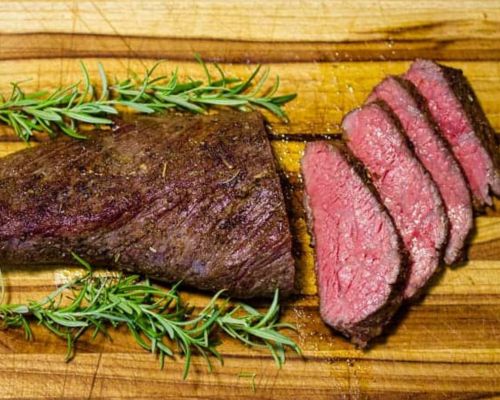
Are you looking for a tender, juicy and flavorful tri-tip? Sous vide might just be the perfect cooking method for you. Cooking tri tip sous vide involves sealing the tri tip in a vacuum bag…
-
Best Sous Vide Filet Mignon Recipe

Filet Mignon is a premium cut of beef that is known for its tenderness and buttery texture. Traditionally, it is cooked by either pan-searing or grilling, which can be challenging for beginner cooks to master….
-
How To Cook Cauliflower Using Sous Vide, 4 Recepies, Easy And Delicious!

Sous vide cooking offers an innovative cooking technique that allows for precise temperature control to create perfectly cooked foods with delicious results. For cauliflower lovers, this can be used to make a one-of-a-kind cauliflower steak…
-
5 Step Easy And Delicious Chicken Teriyaki Using Sous Vide
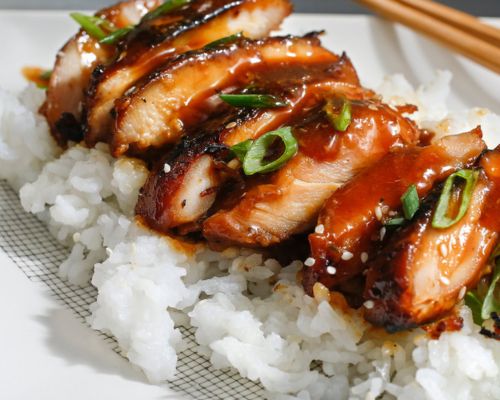
Forget about needing to be a Michelin-starred chef – you can easily cook chicken teriyaki with the sous vide technique! This method is a foolproof way to get accurate restaurant-level results, so you can enjoy…
-
Delicious Birria Tacos Using Sous Vide, In Just 5 Simple Steps

Making Birria Tacos at home doesn’t mean you need to be a professional chef. In fact, getting restaurant quality results is much easier than it might seem with sous vide technique. This article will guide…
-
How to Cook Chicken Breast Using Sous Vide Technique
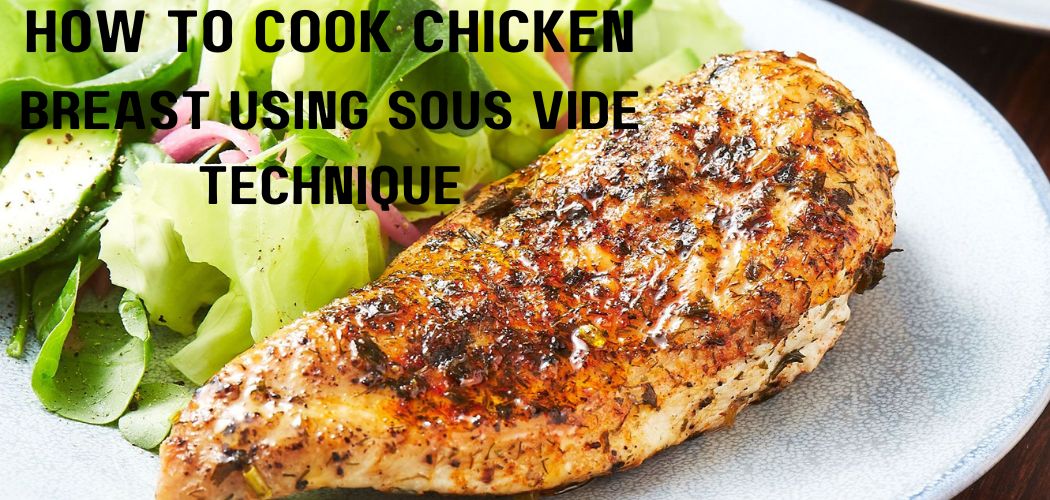
You don’t have to be a professional chef to cook a juicy succulent chicken breast. Surprisingly most of the people are unaware that they can cook restaurant quality food at home using sous vide precision…
-
How To Cook Porchetta Using Sous Vide Technique
You don’t have to be a professional chef to cook a juicy succulent Porchetta. Surprisingly most of the people are unaware that they can cook restaurant quality food at home using sous vide precision cooking….

